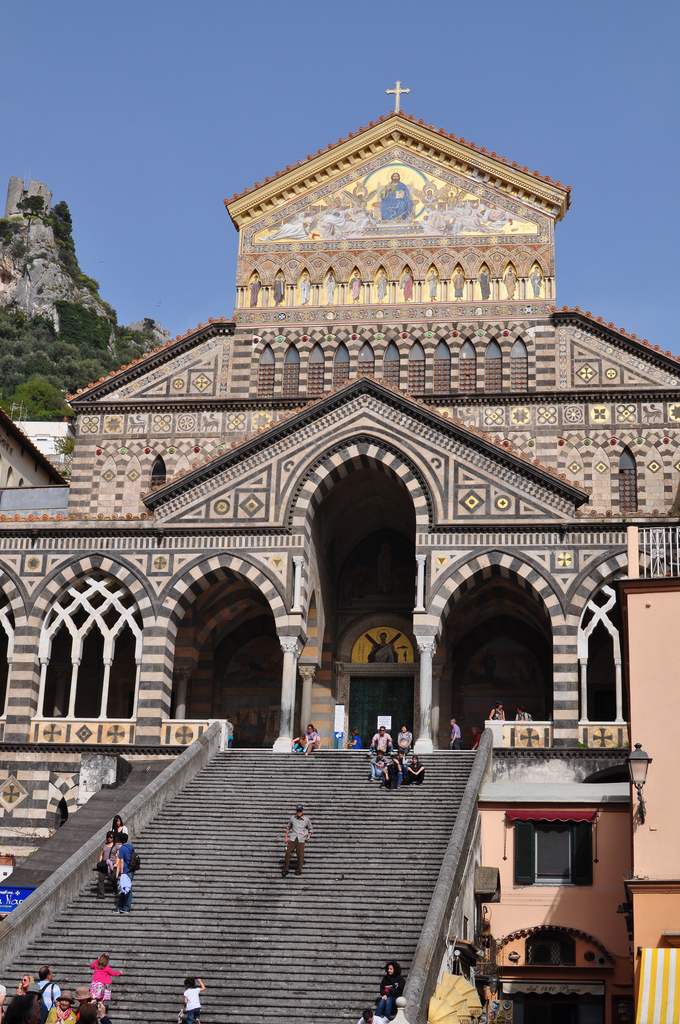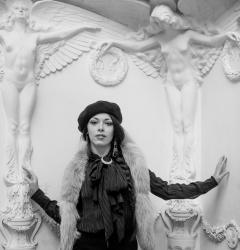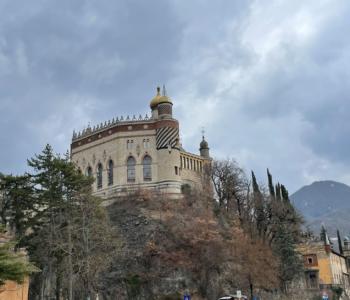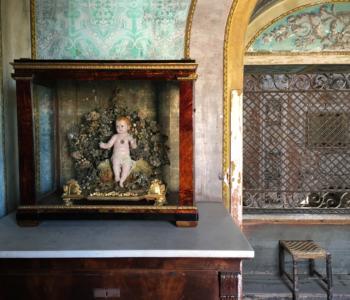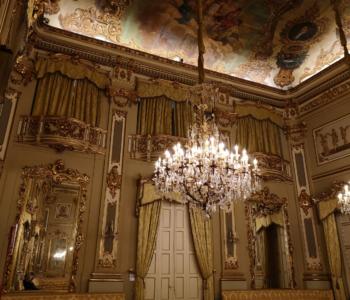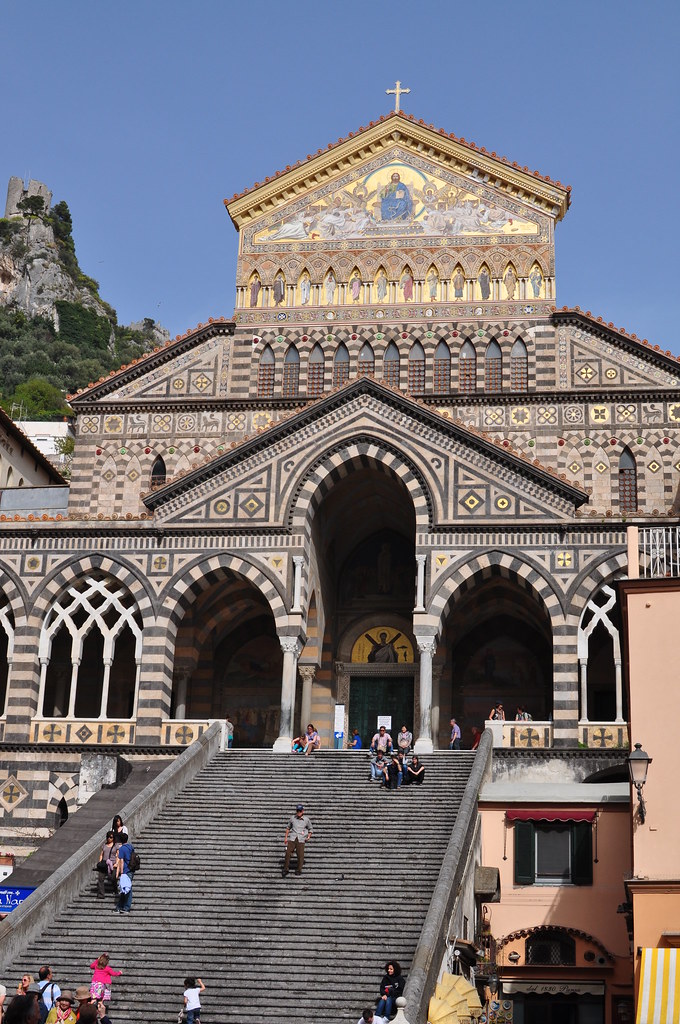
Amalfi’s Cathedral is stifled from other buildings on both sides, but its view from the bottom of the place is priceless. The Duomo appears from atop a steep flight of stairs with all its elaborate decoration of Arab-Norman Romanesque style.
Actually the Cathedral is a real example of eclectic architecture. Even if the church was built in the early 13th century to provide a suitable resting place for the relics of St. Andrew the Apostle, it has been remodeled several times, adding Romanesque, Byzantine, Gothic, and Baroque elements.

Its facade, an 1800s approximation of the original, is an Arab-Sicilian riot of stripes, arches and mosaics. The bell tower on the left has a highly elaborate top, comprised of a central cupola surrounded by four turrets at the corners, all decorated with green and yellow tiles.
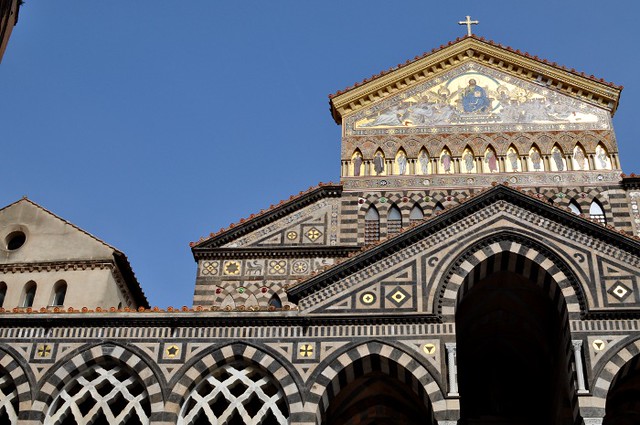
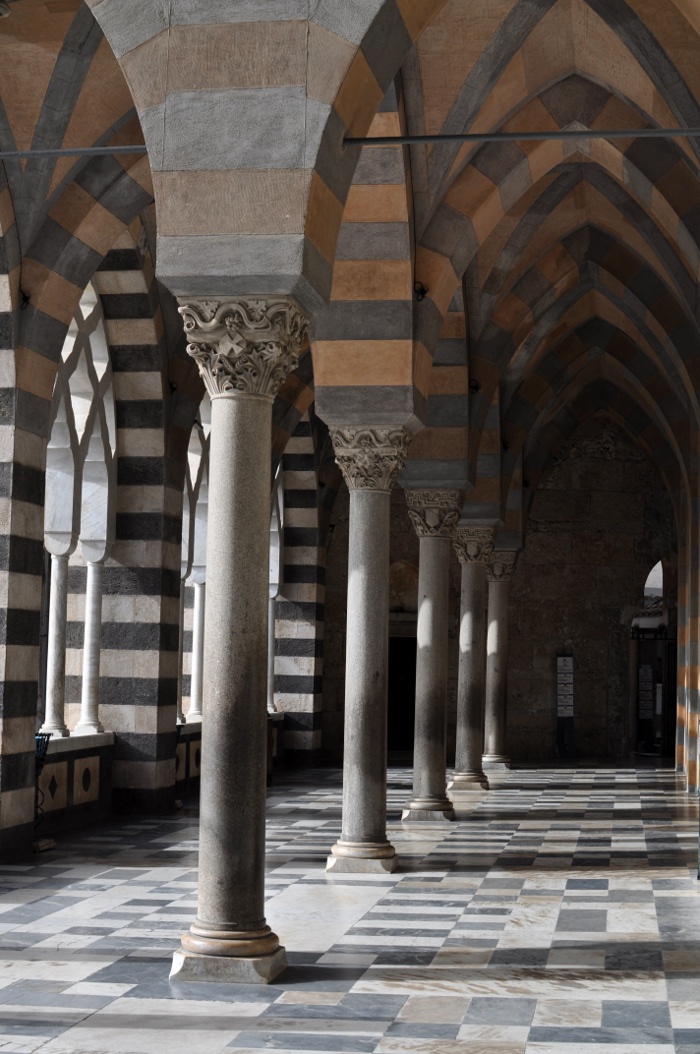
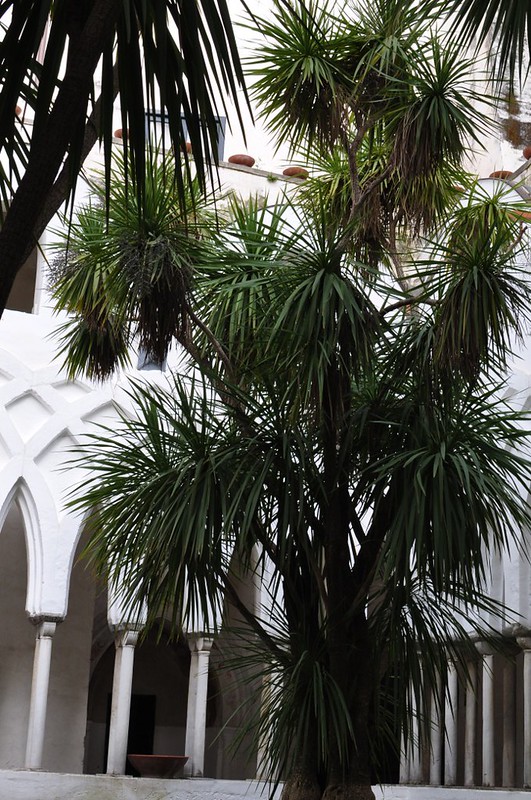
The Cloister of Paradise, entered at the left side of the cathedral’s portico, is one of the highlights of Amalfi Cathedral. Built between 1266-68 to house the tombs of Amalfi’s wealthy merchants, it features slender double columns and Moorish-style arcades made of pure white marble. In the center is a Mediterranean garden; the surrounding walkways are full of notable historic art like some fine Cosmatesque fragments.
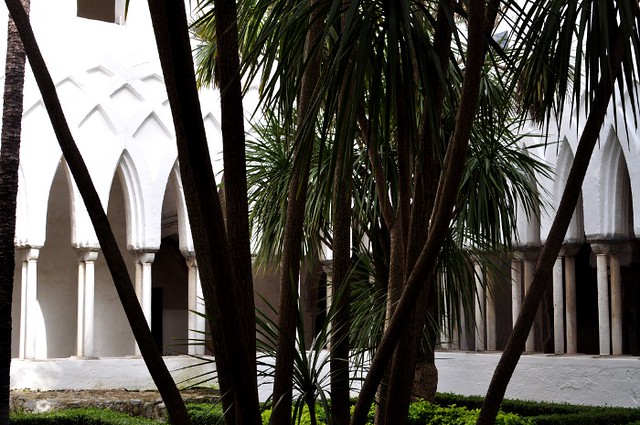
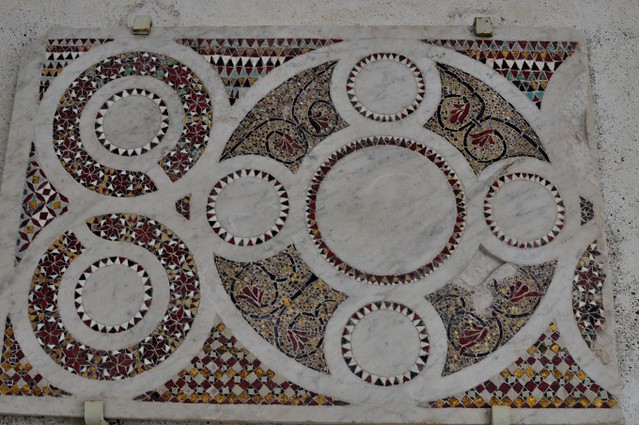
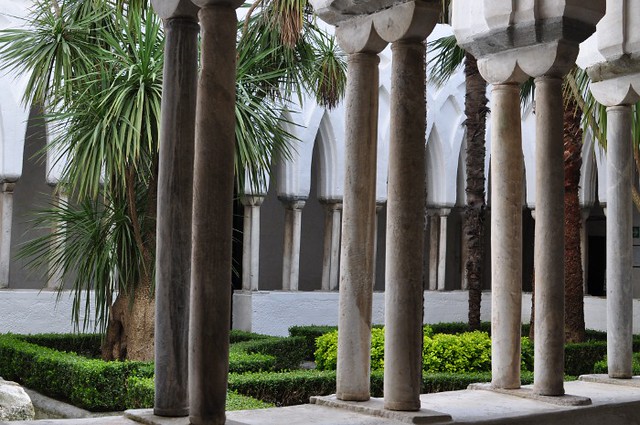
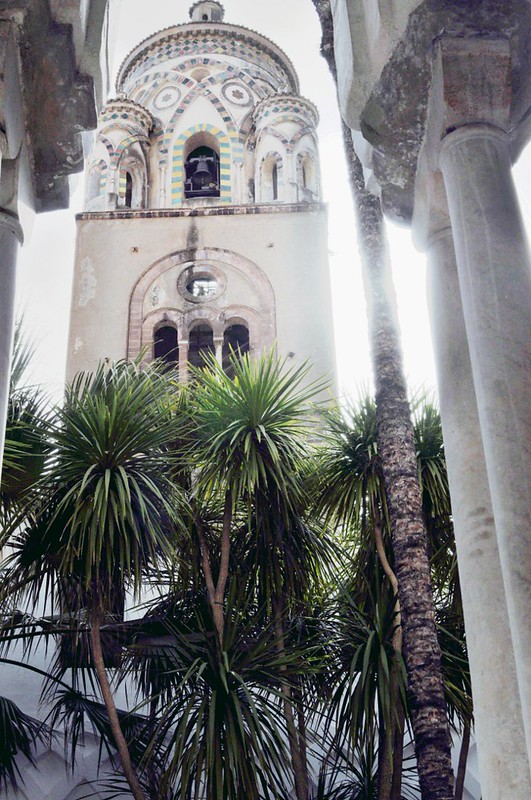
view of the bell tower from the cloister
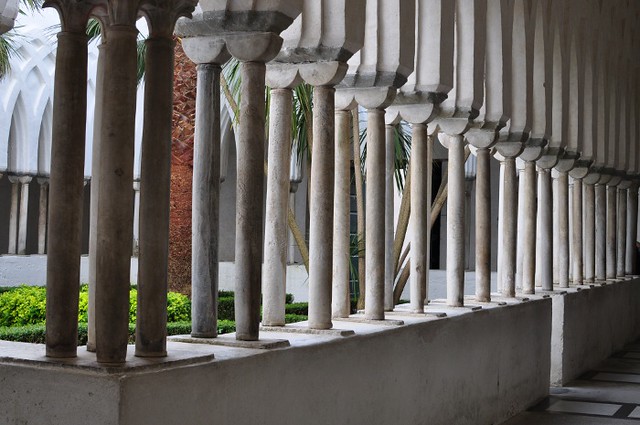

Basilica of the Crucifix, dating from the 9th century and containing more frescoes, was an older basilica that now houses the cathedral’s museum and treasury.
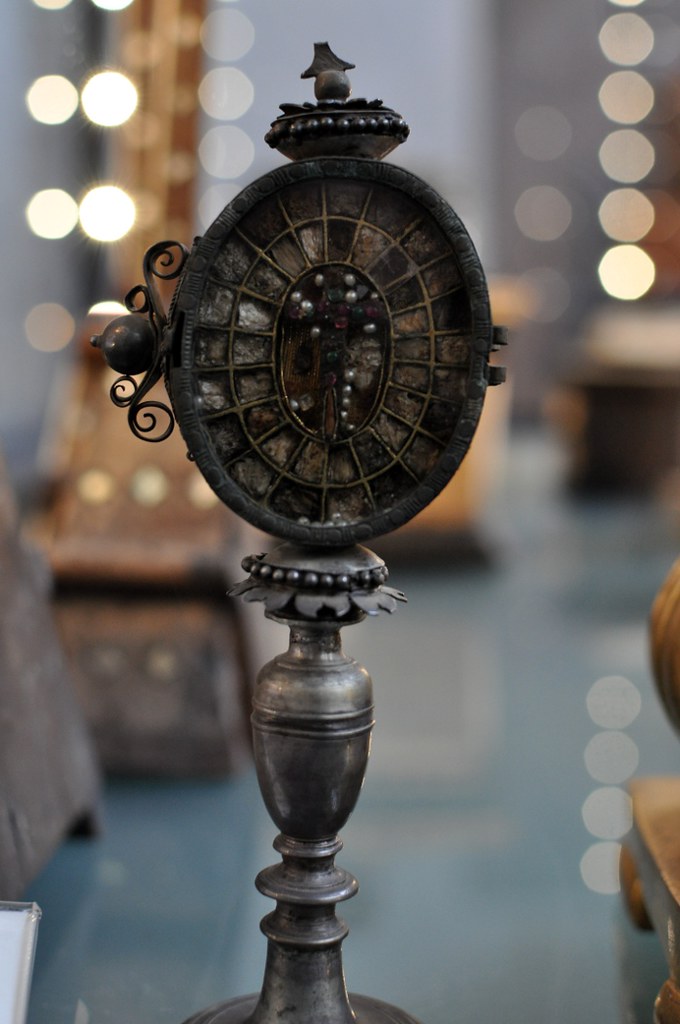
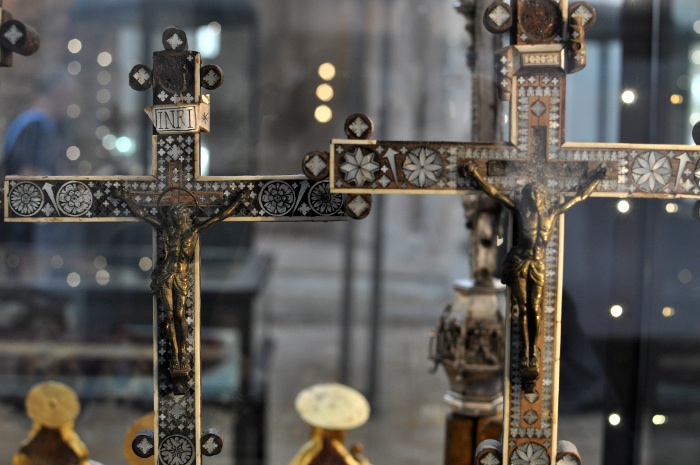
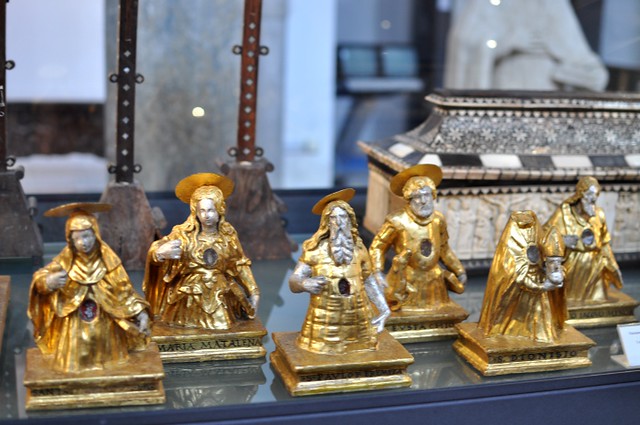
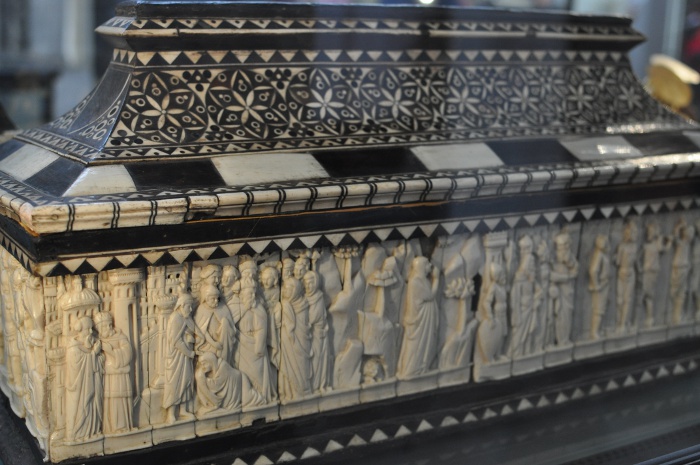
A reliquary-casket made of ox bone, dated in the early 15th century. It’s decorated with scenes of the life of SS Cosma and Damiano.
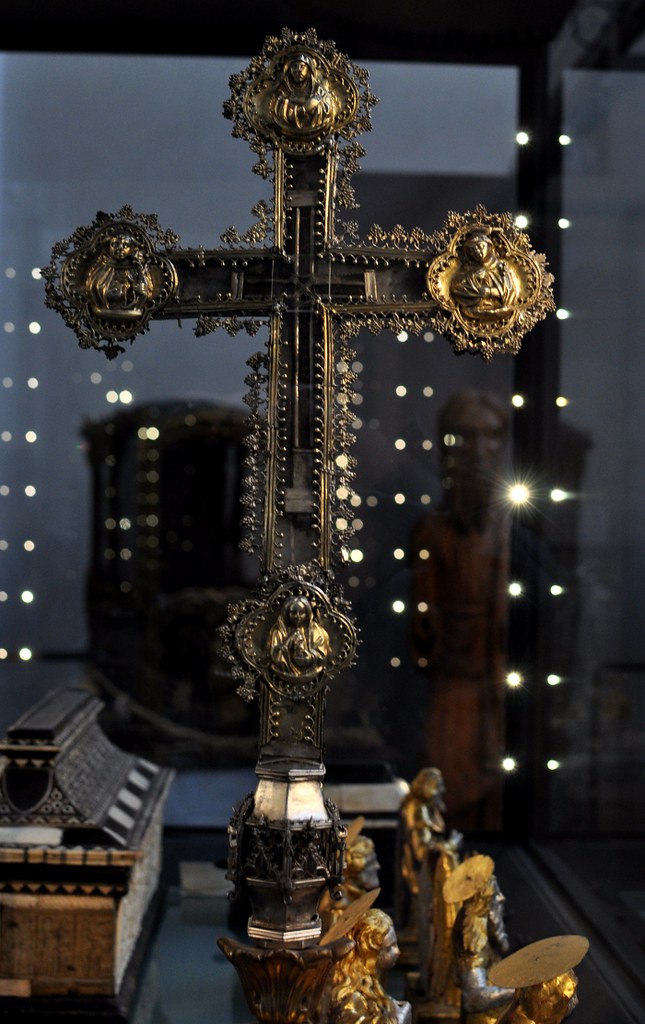


A travel bishop’s litter coming from Macao, China (18th cent.)


A bishop’s cross made of 9 emeralds and surrounded by little diamonds.

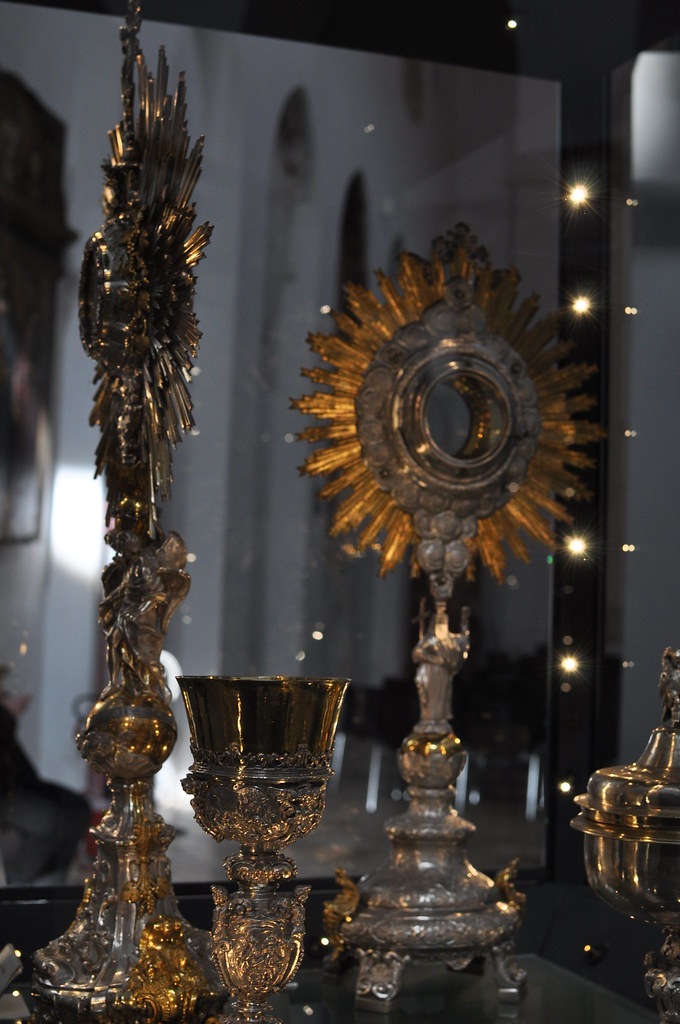
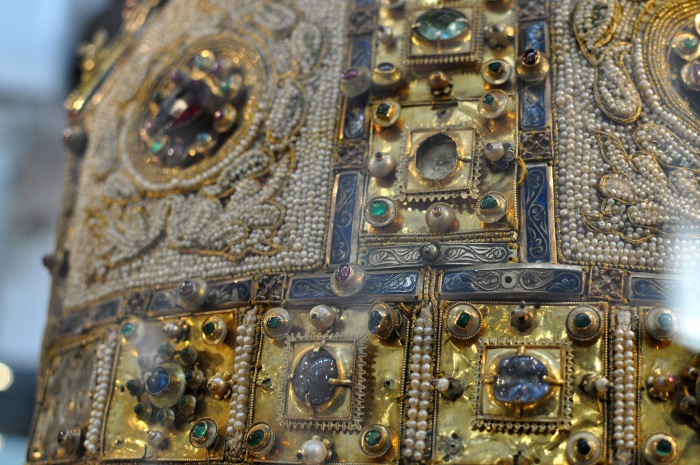
The Angevine mitre (1297) made of 20000 little pearls.
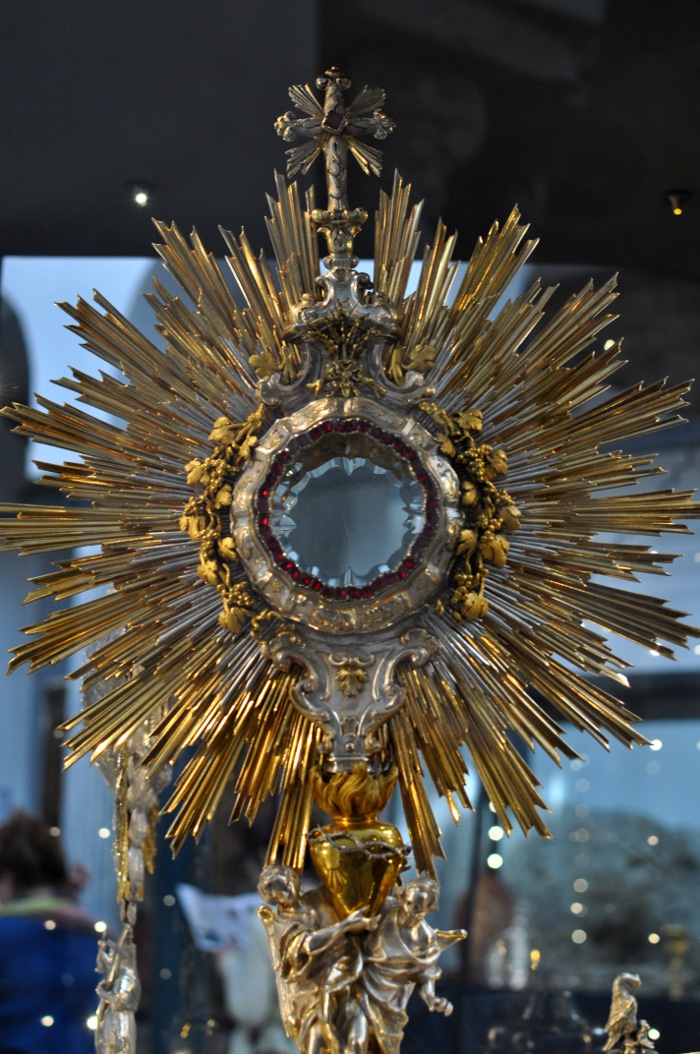
A wonderful 18th century ostensory.
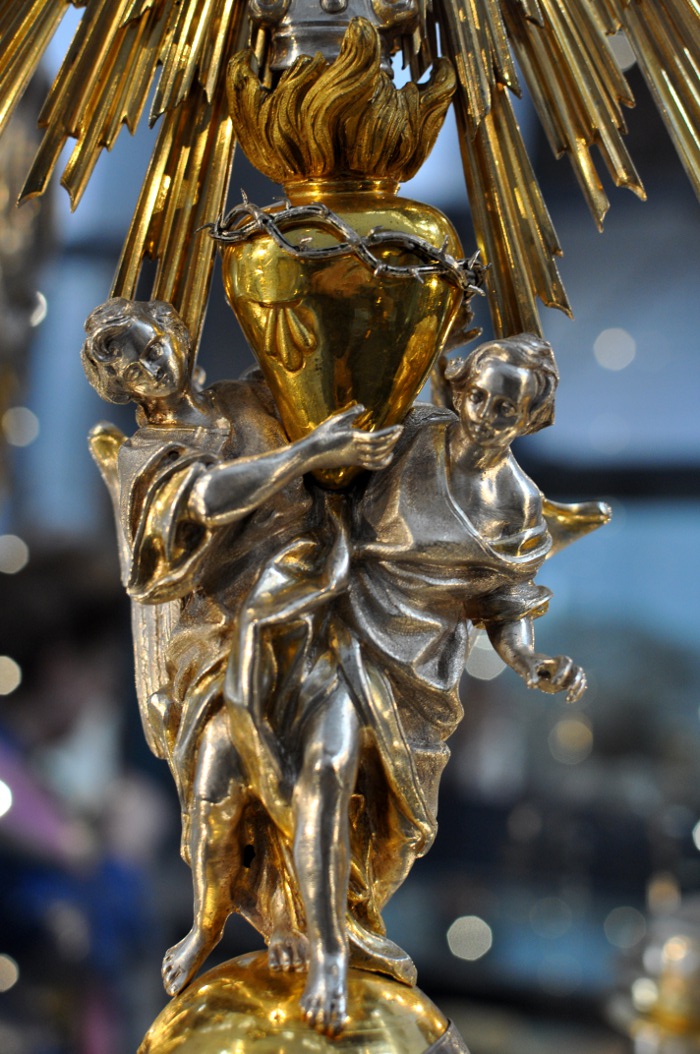
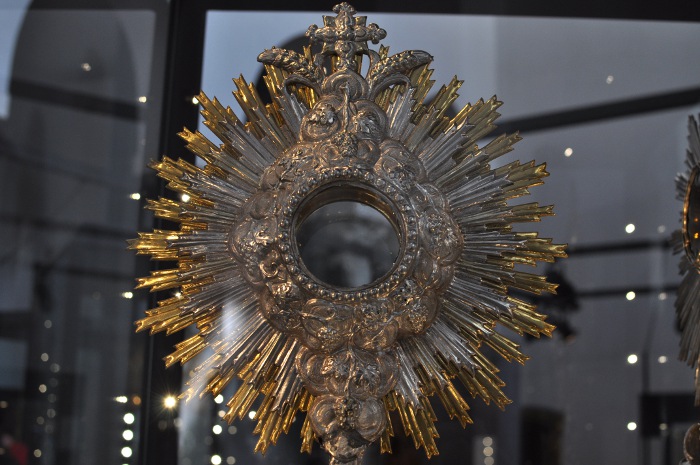
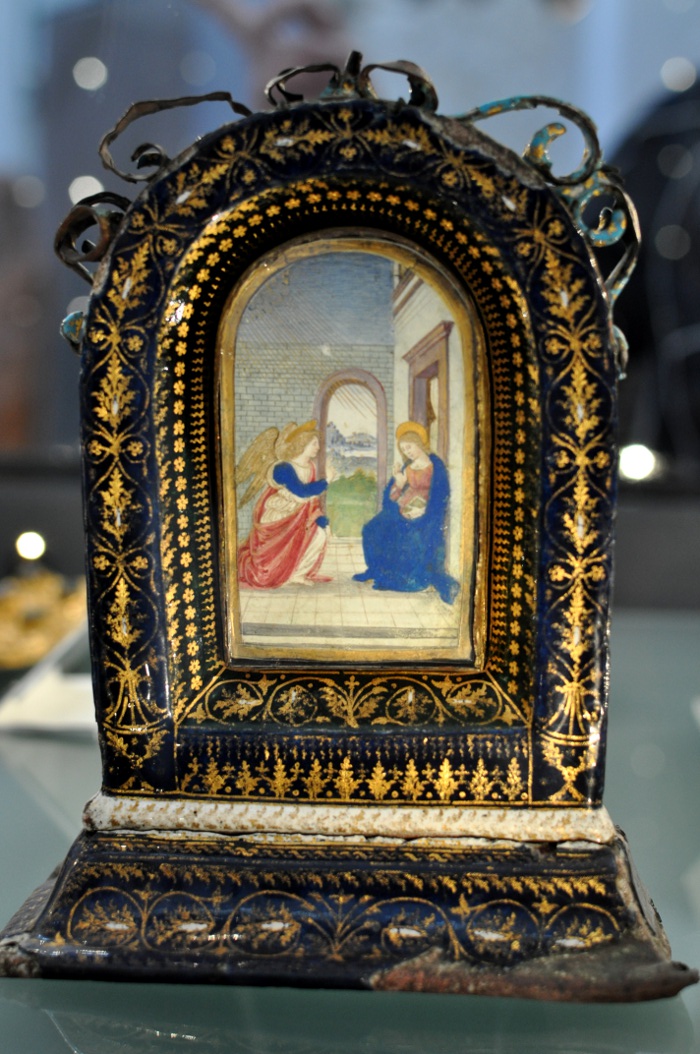
A rare exemplar of “pace” dated 15th century, enamel and made in Venice, represents the Annunciation. A pace (osculum pacis) was a small wooden tablet, or plate of metal, given to believers to be kissed as a sign of peace.
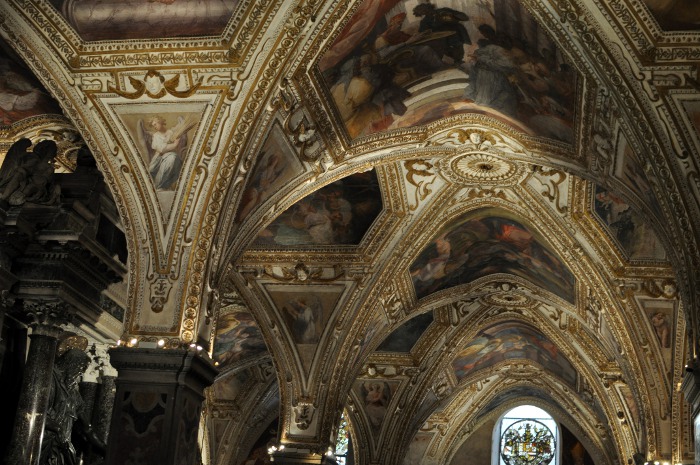
Crypt of St. Andrew is where the saint’s relics are kept in the central altar. The crypt is decorated with beautiful Baroque murals from 1660. The large bronze statue of St. Andrew (1604) was sculpted by Michelangelo Naccherino of Florence, a student of Michelangelo. The marble statues of St. Lawrence and St. Stephen (deacons of the Eastern and Western Church) were sculpted by Pietro Bernini, father of the more famous Gianlorenzo Bernini.

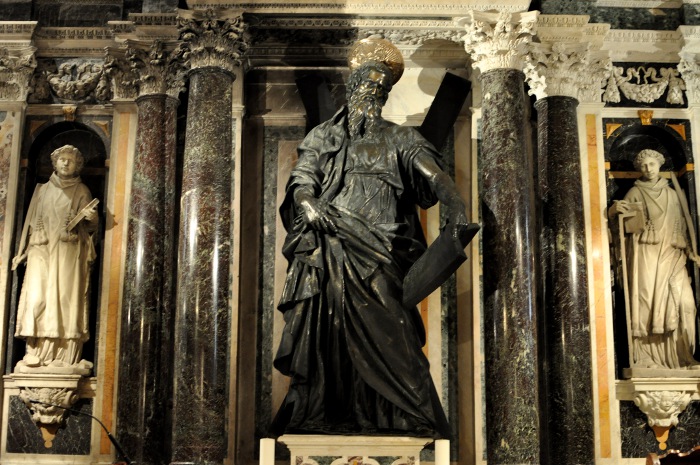
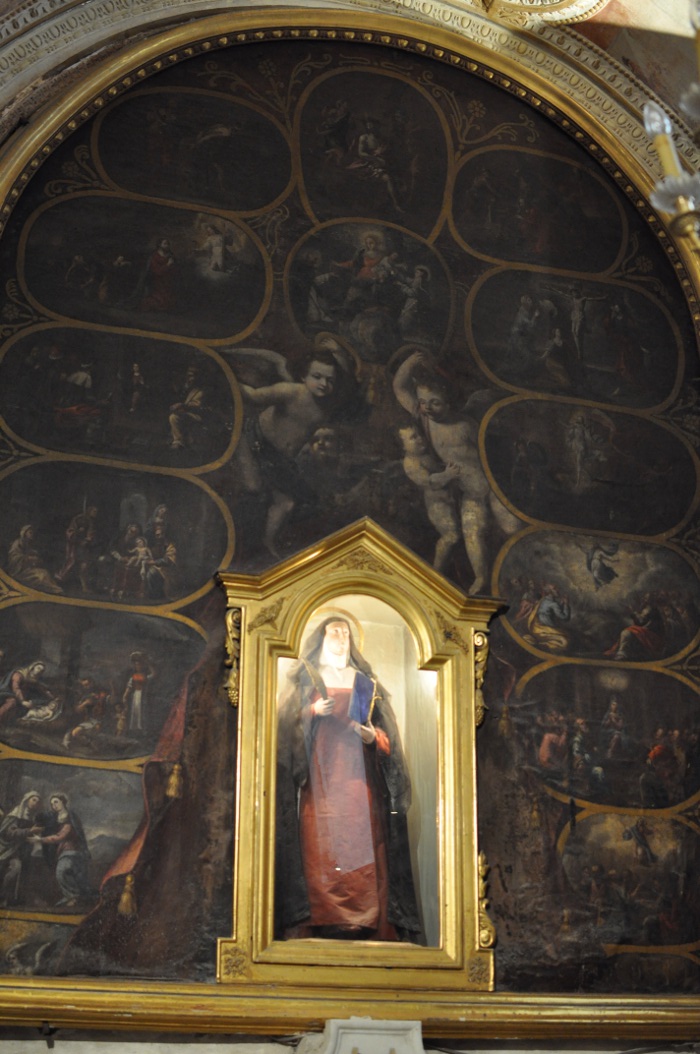
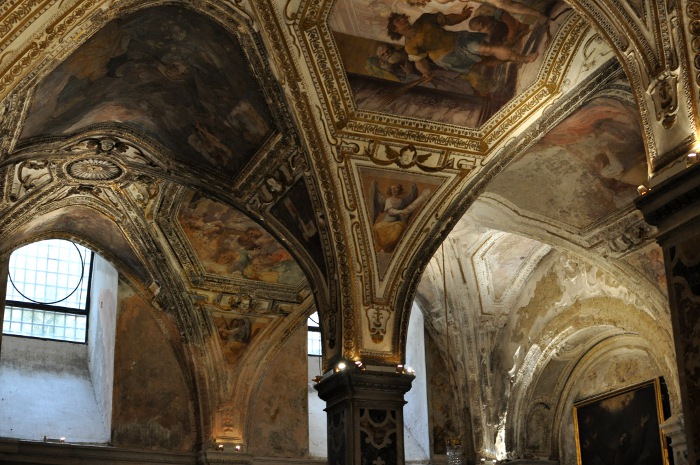
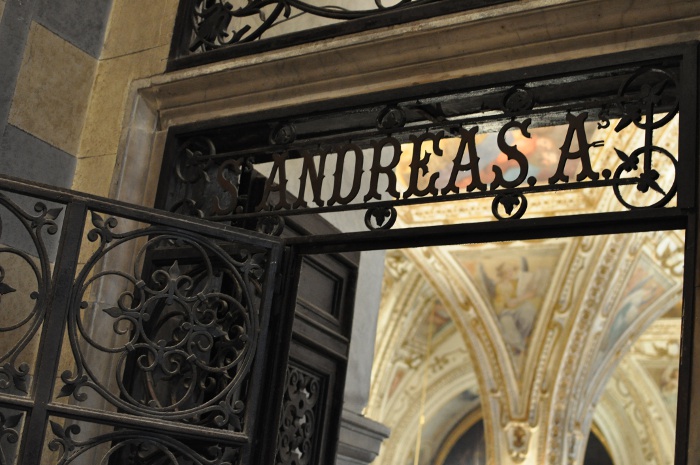
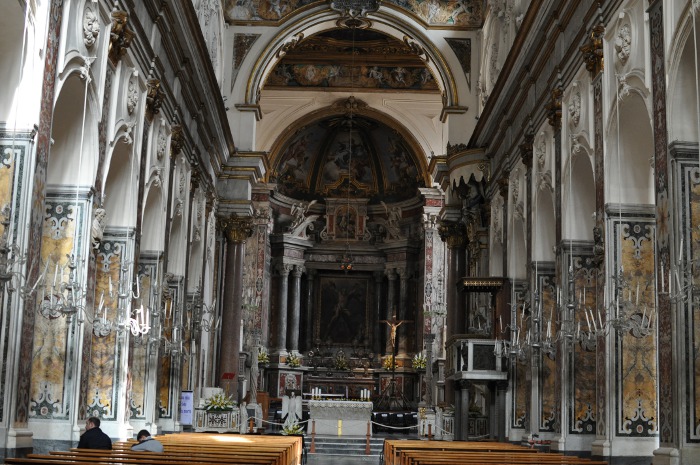
The interior of Amalfi Cathedral is sumptuously Baroque but the underlying architecture is Romanesque. The triumphal arch in the apse is supported by two ancient columns from Paestum. The paintings on the walls and ceilings (by Andrea D’Asta and Castellano in the 18th century) depict the life and miracles of St. Andrew.
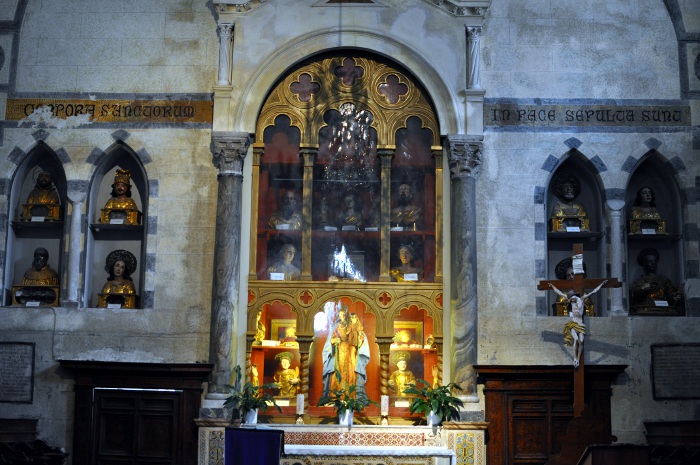
To the right of the altar area is the Chapel of the Relics (or Chapel of the Reconciliation), in which are displayed dozens of reliquaries. Some contain relics brought to Amalfi at the same time as those of St. Andrew.


Bust of S. Andrew with relics.

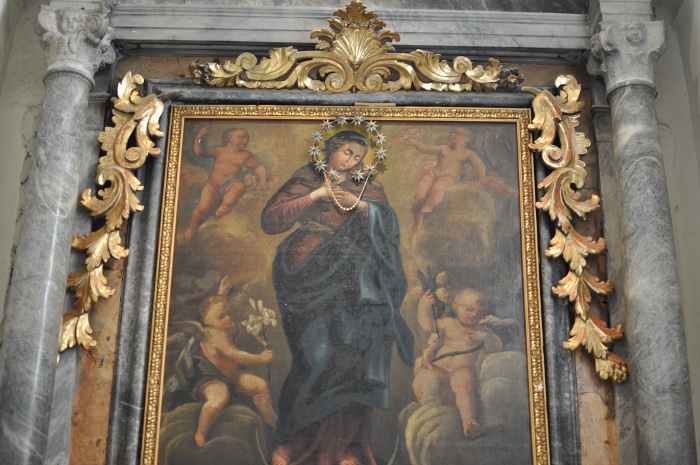
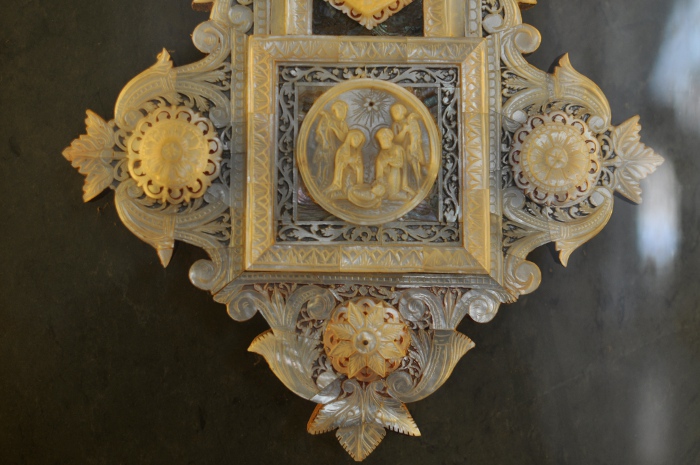
A crucifix, made of mother-of-pearl, brought from the Holy Land and located to the right of the back door.
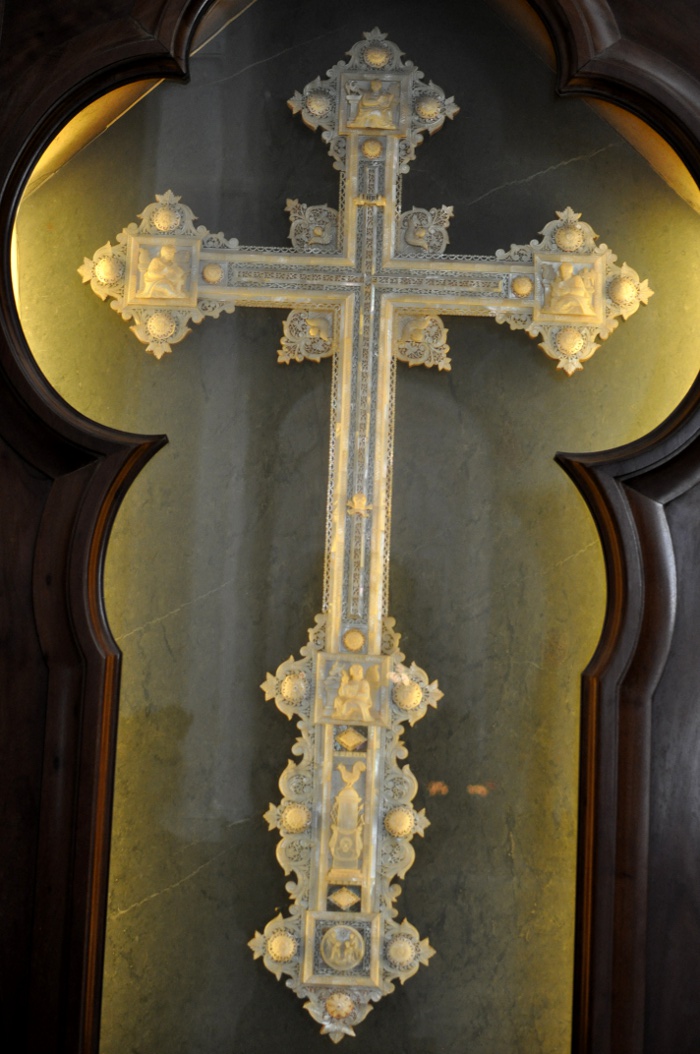
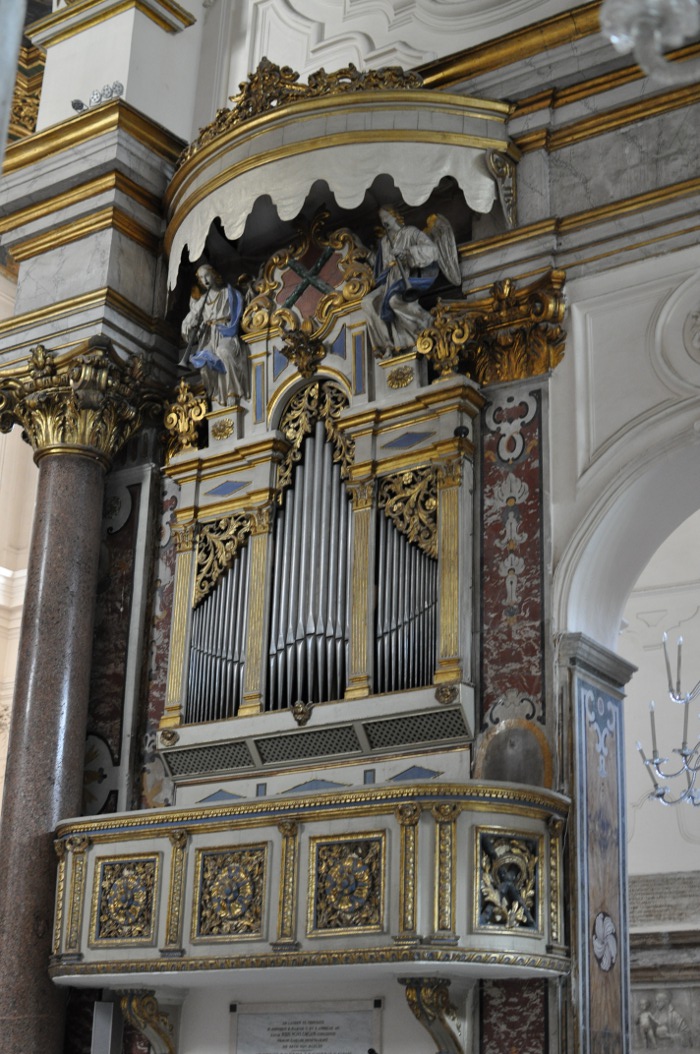

info source: sacred-destinations.com

